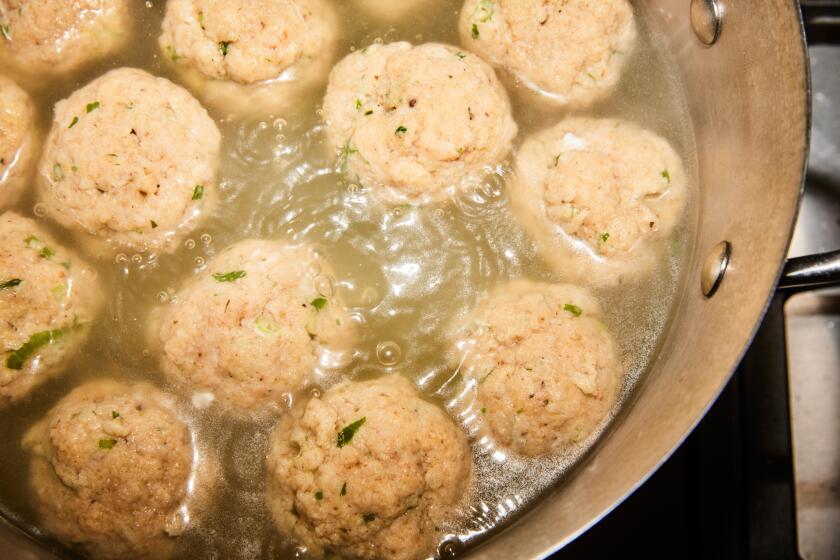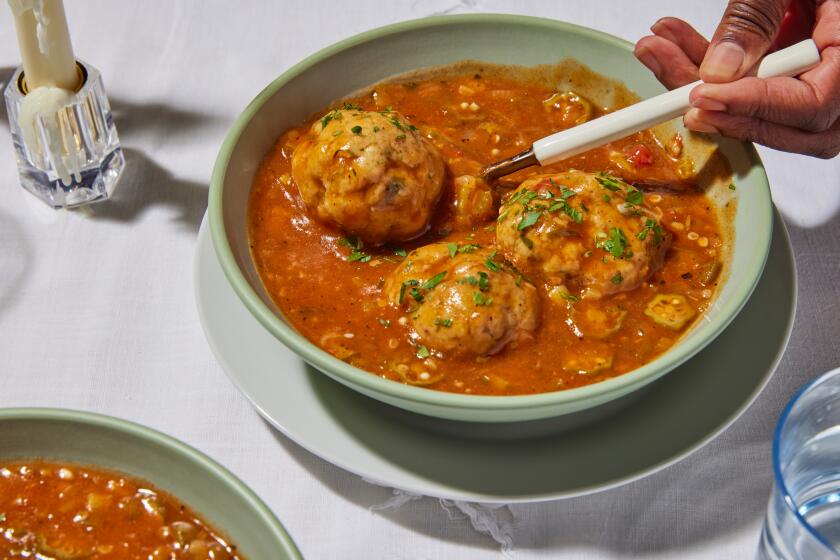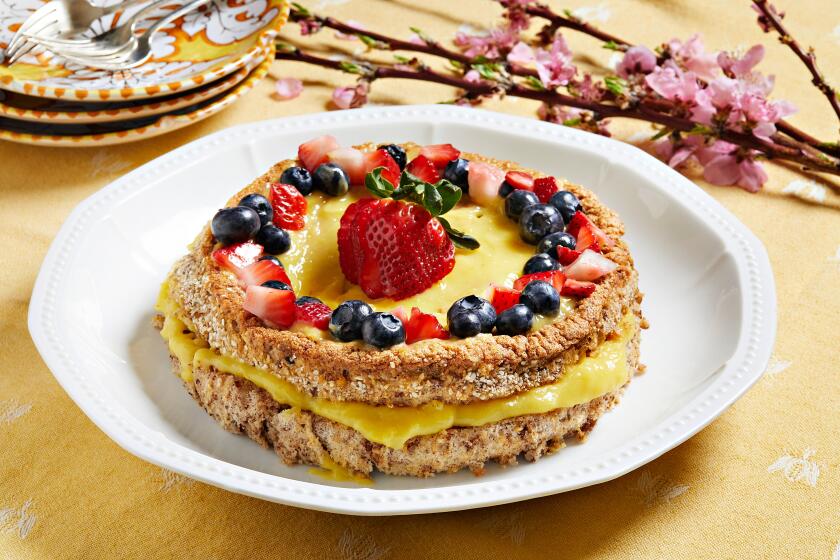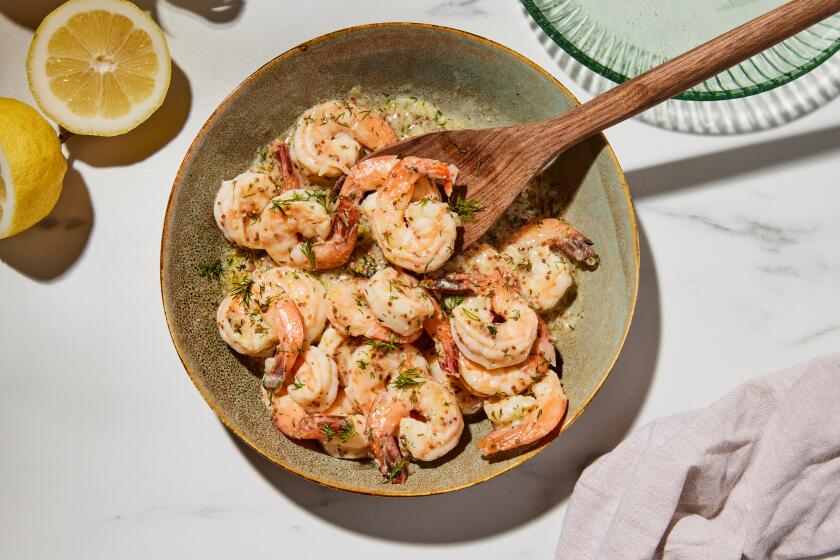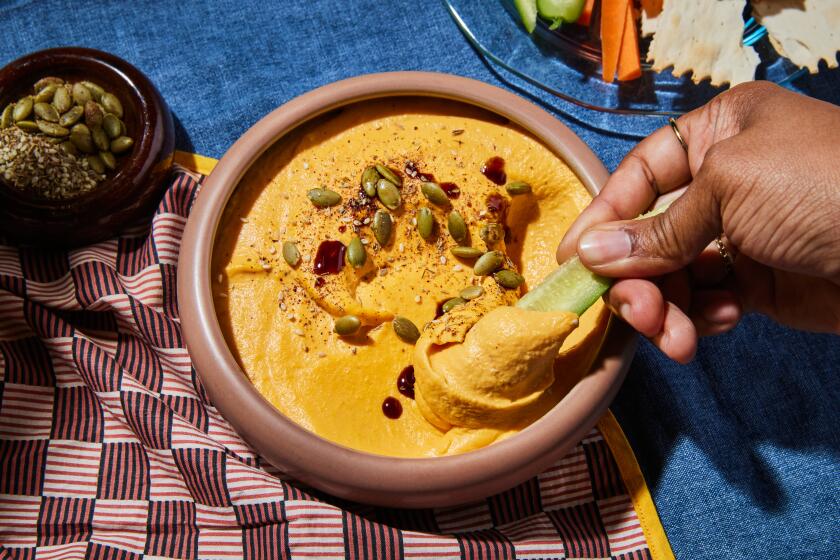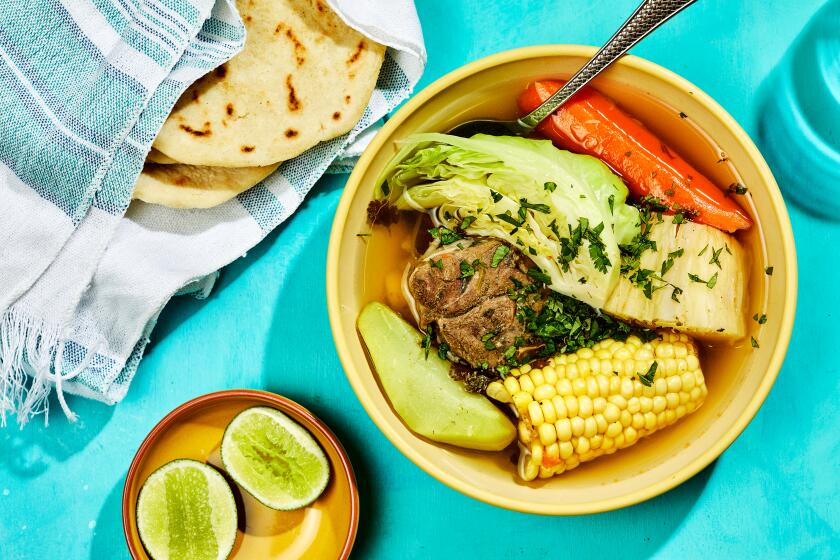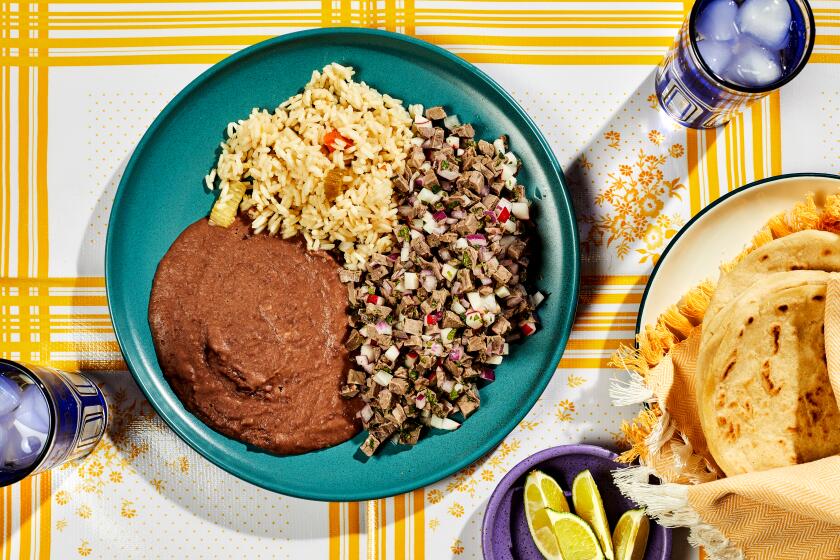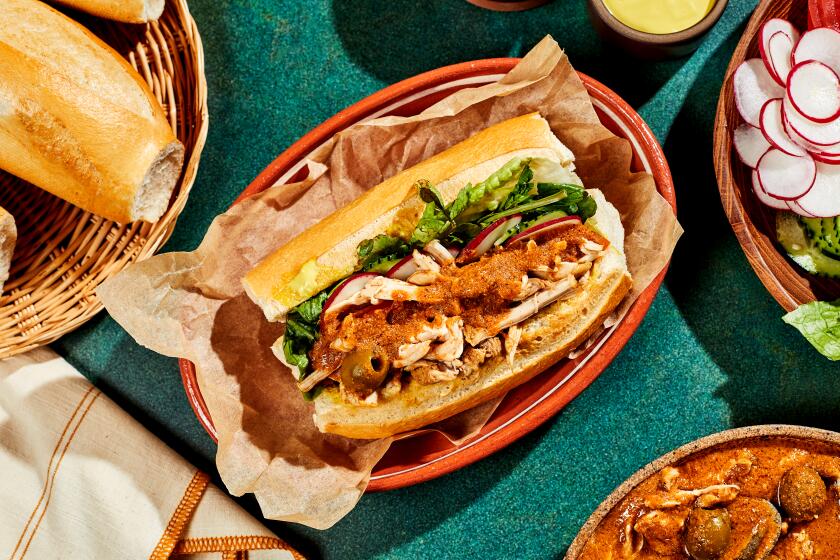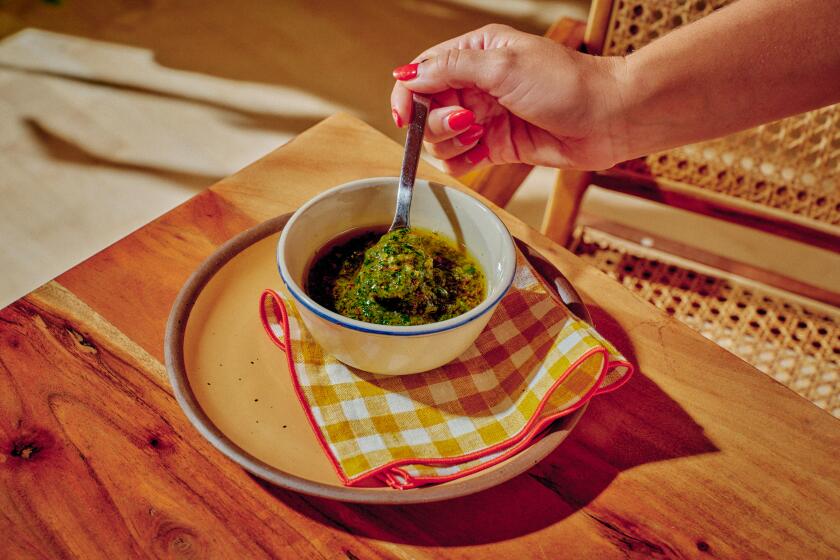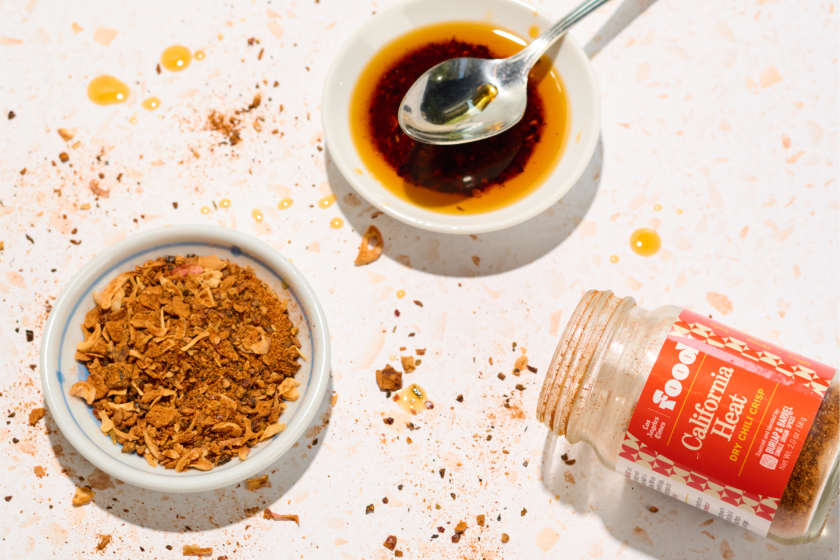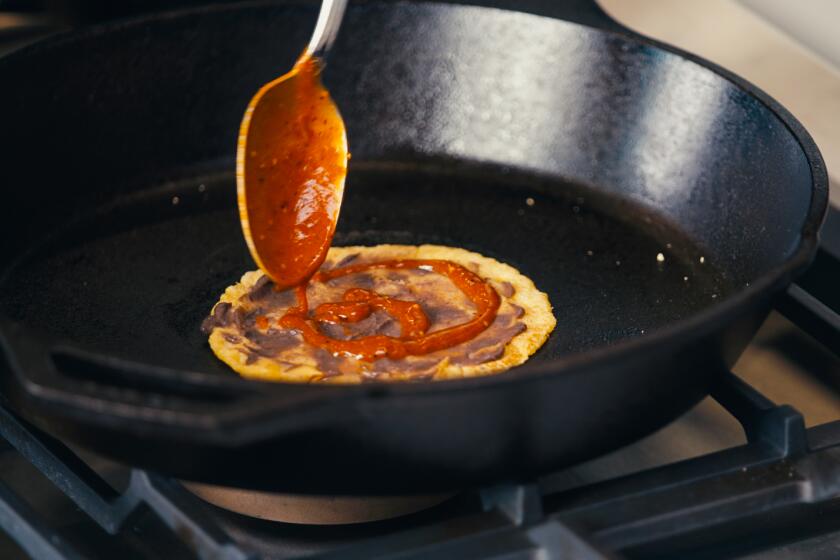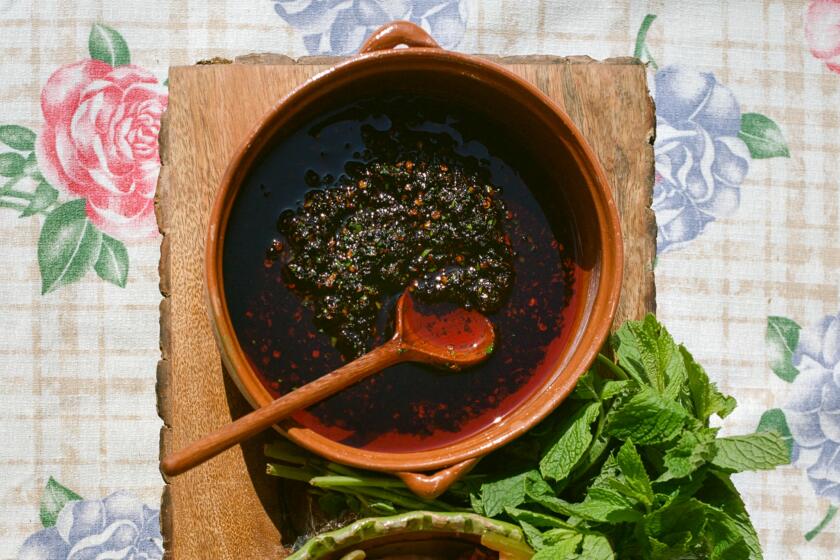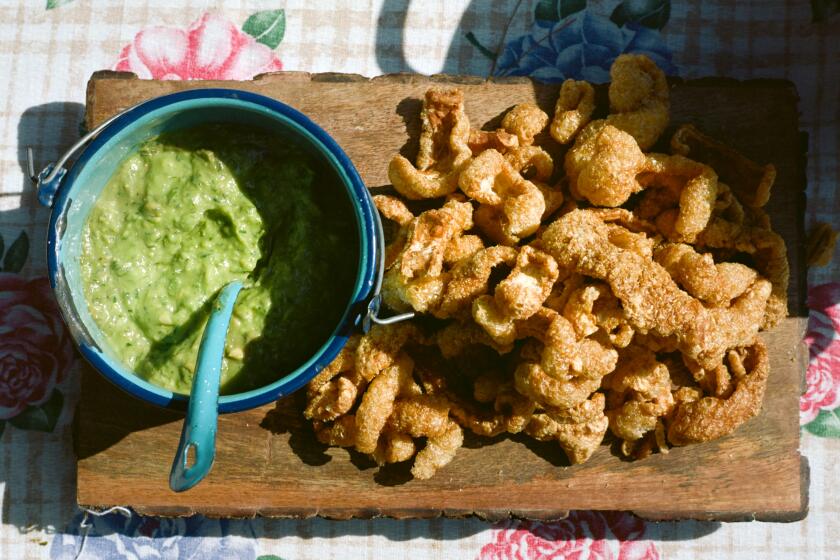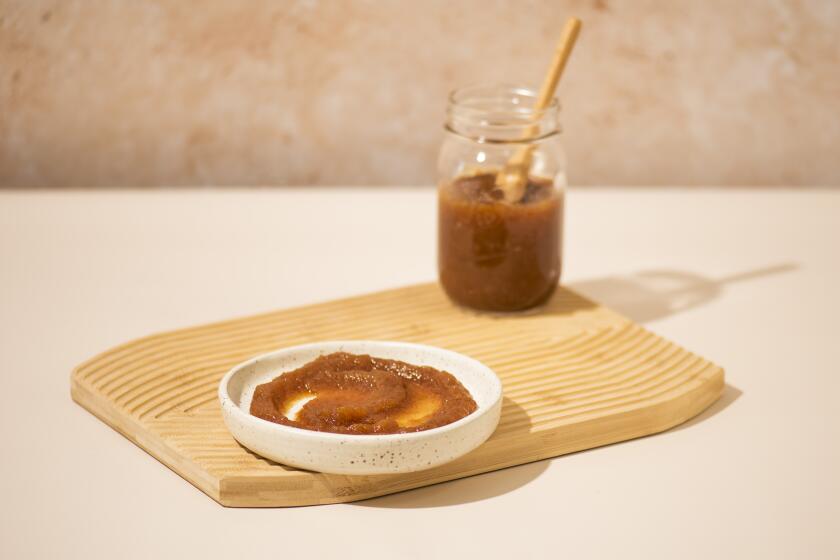Basic fresh masa
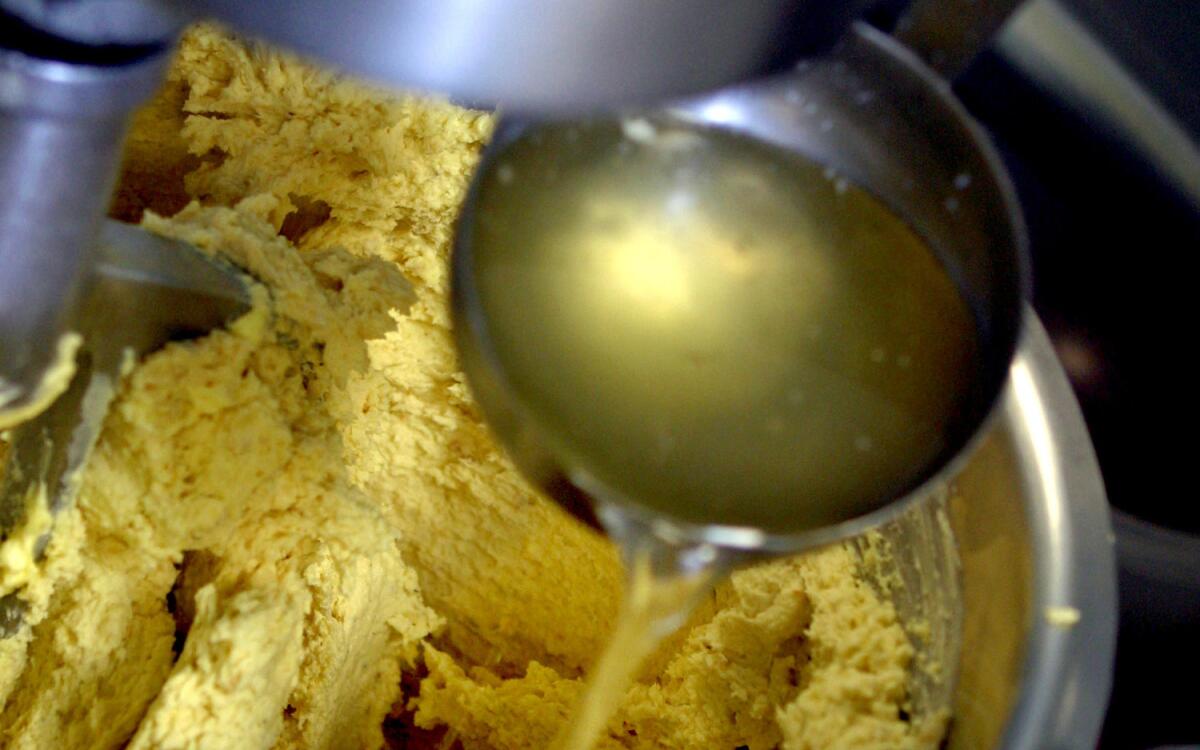
Buy the right masa: fresh, unprepared tamale masa. It’s finer than tortilla masa because it’s ground three or four times, while tortilla masa is ground only once. You want it wet, and dated for freshness. If it smells the least bit sour, it’s not good.
Any fat or oil will work. With lard or butter, you get a thinner layer of moist masa. With margarine or shortening, the masa gets fluffier, but it can be too dry. A liberal hand with the sauce and filling counteracts the effect.
Use a mixer to whip the fat until light, mix in the fresh masa, then thin it with just enough broth (roughly 5% of the total volume of the prepared masa) until it is the consistency of butter icing.
From the story: Tamales at home for the holidays
In the bowl of a heavy-duty mixer, combine the butter and margarine. With the paddle attachment on high speed, whip for 2 minutes, or until fluffy. Lower the speed to medium and add the fresh masa alternately with 1 cup of the stock, then add the salt. Beat until well mixed.
Return the mixer to high speed and whip for 3 to 5 minutes, until the masa is the consistency of spackle. If necessary, add more stock, one-fourth cup at a time, until the correct consistency is attained.
Drop one-half teaspoon masa into a cup of cold water. If the masa floats, it is ready; if it sinks, continue whipping it for another minute. Repeat this “float test” until the sample masa floats.
Get our Cooking newsletter.
Your roundup of inspiring recipes and kitchen tricks.
You may occasionally receive promotional content from the Los Angeles Times.

